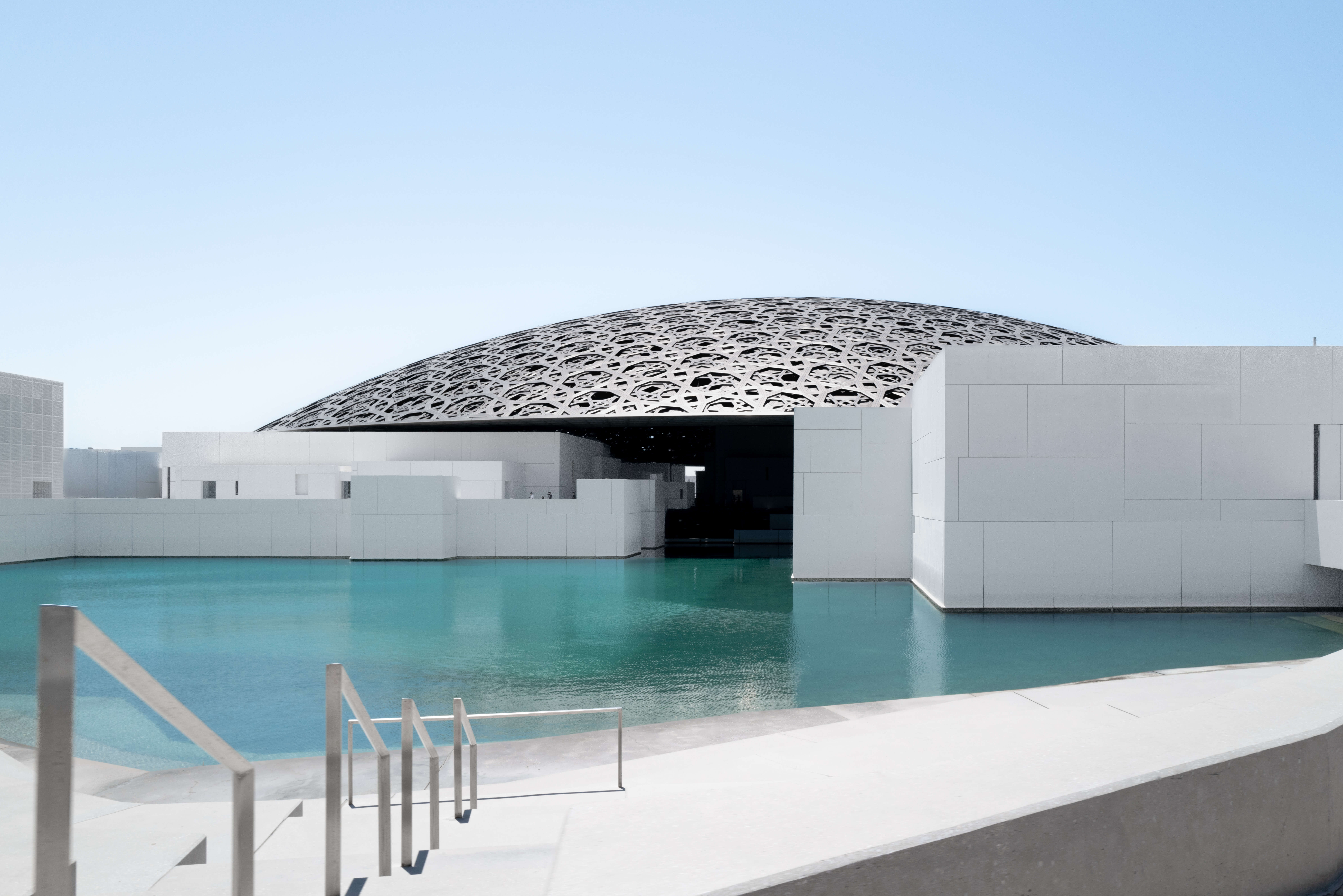
The Jean Nouvel-designed Louvre Abu Dhabi
The Richard Mille Art Prize, held under the celebrated dome at Louvre Abu Dhabi showcases artists from the Gulf region. Maria Sukkar, LUX senior contributing editor and co-chair of the Tate Middle East North Africa Acquisitions Committee, talks to the most recent curator, Maya El Khalil, and winning artist Nabla Yahya, at a time when previously marginalised artistic voices are becoming increasingly prominent
Transparencies was the theme for the Richard Mille Art Prize 2023/2024, a concept that inspired eight artists from in and around the Gulf to submit striking, varied works.
The Prize, created by the uber-luxury Swiss watch brand in partnership with Louvre Abu Dhabi, supports and showcases contemporary artists based in the Gulf region, an area whose artistic voices have been historically sidelined by a Western-centric art perspective.
Oxford-based curator Maya El Khalil and a jury of curators and authorities chose Dubai-based Nabla Yahya for SoftBank, her multimedia reflection on the history of the Suez Canal, for which she won $60,000 and a global platform, celebrated at a gala dinner.

Photograph of winner Nabla Yahya
Entry for the next Richard Mille Art Prize is open to artists from seven North African countries. The Prize is becoming one of the most influential in the world, with this year’s event taking place under the celebrated dome of Louvre Abu Dhabi.
Maria Sukkar, collector and a major voice in the contemporary-art world, holds a conversation with El Khalil and Yahya. Sukkar and El Khalil are UK-based with a global perspective, symbolic of the current, long-overdue integration of the West Asian region’s art canon with that of the West and beyond.
Darius Sanai
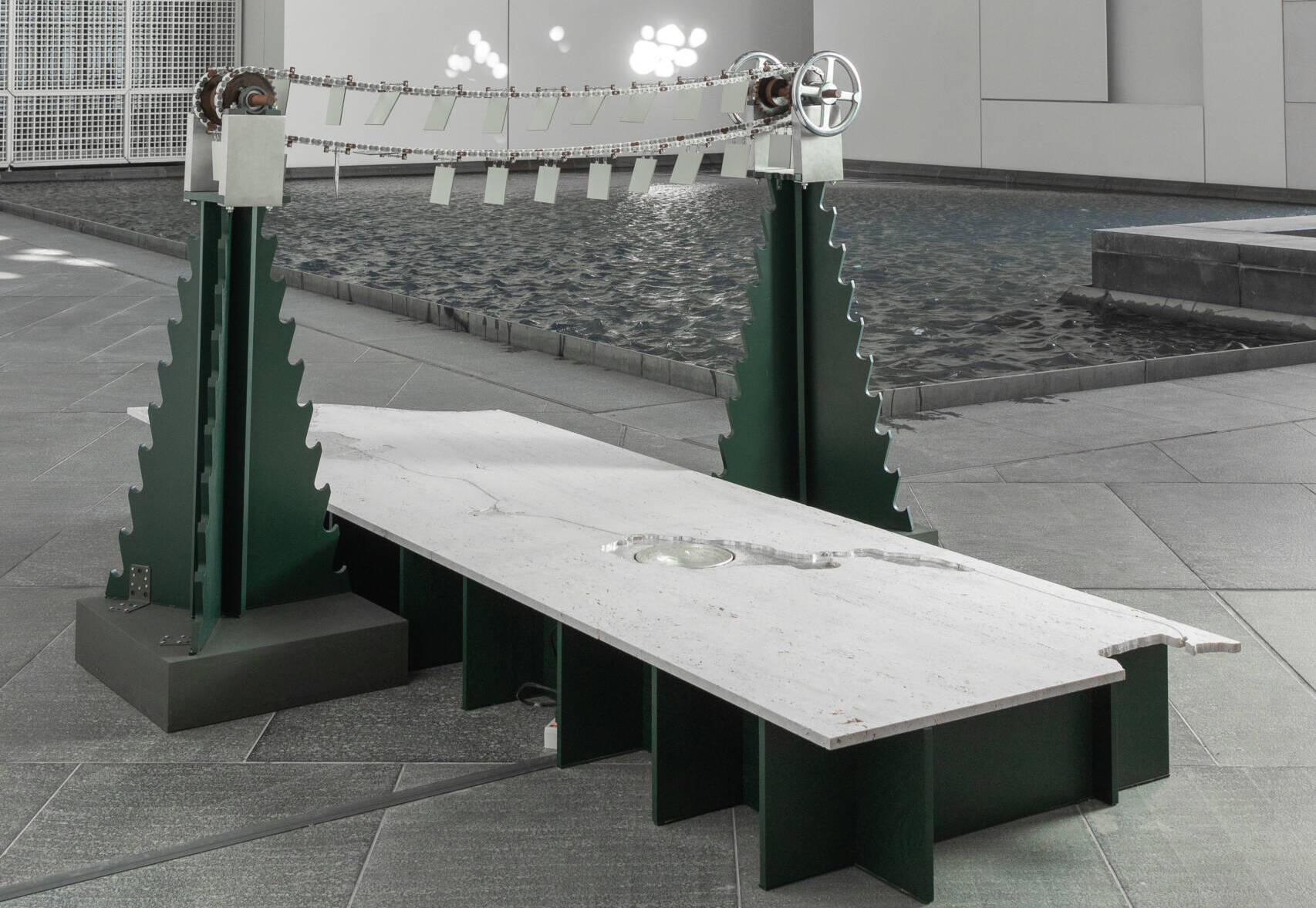
The winner Nabla Yahya’s SoftBank; shortlisted artists
Maria Sukkar: Maya, as a curator, what is your view of the art scene in West Asia?
Maya El Khalil: There are different institutions that have emerged in the region, all with a differing pace, focus and prioritisation. Although Dubai started as an art market, it also has institutions that enable scholarly research, and others for emerging voices.
Abu Dhabi is building on infrastructure, and other institutions are in the making. Saudi Arabia is developing lots of infrastructure. So we see the shift.
Historically, we talked of Egypt and Lebanon, however, Saudi, Dubai and Abu Dhabi are where the funding is. The same is true for richness and diversity going further East, such as the development of scholarships in India.
Follow LUX on Instagram: luxthemagazine
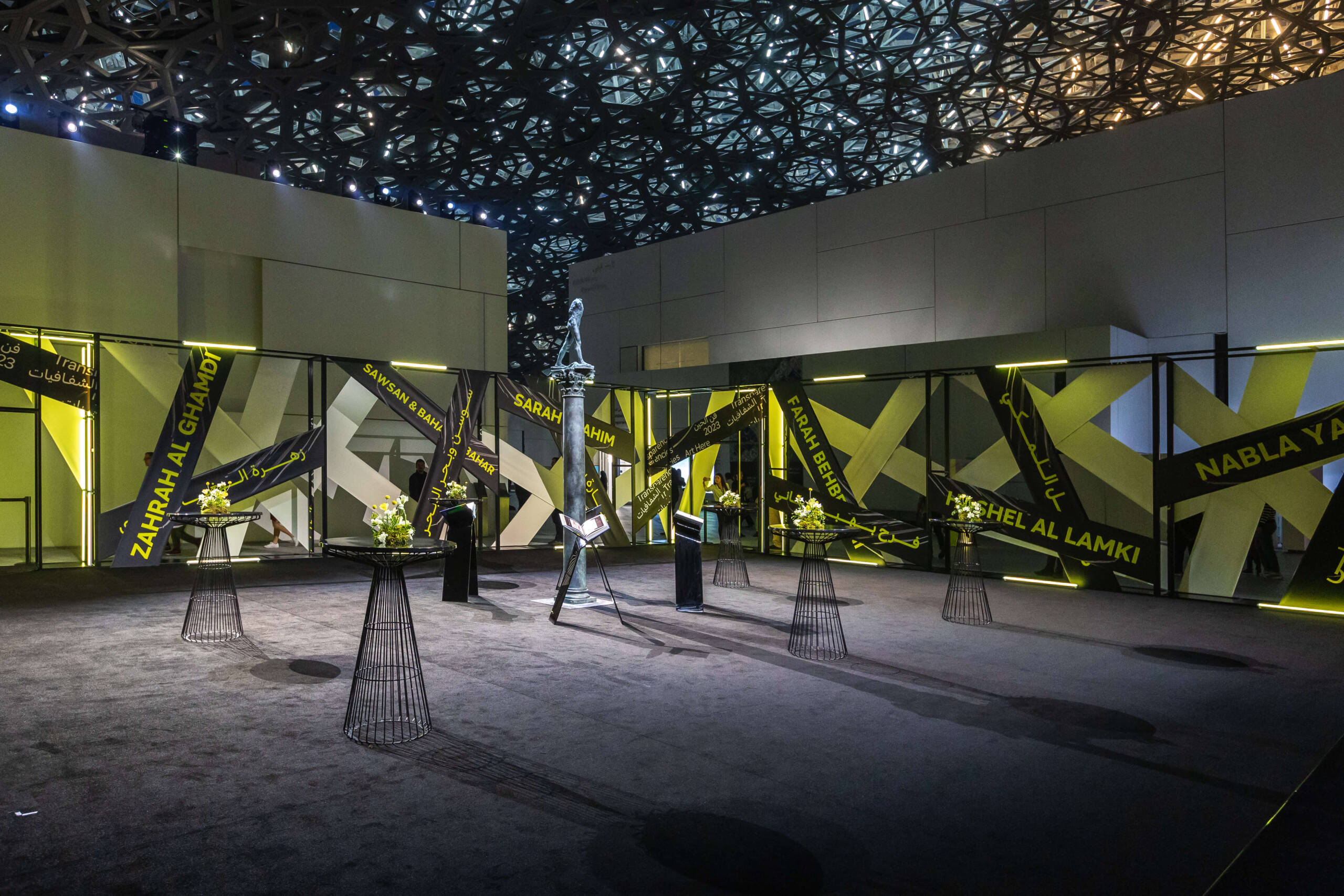
Richard Mille Art Prize ceremony room
MS: Throughout your career you have been involved in amazing projects, curatorial posts and exhibitions. Could you elaborate on this edition of the Richard Mille Art Prize exhibition, “Art Here 2023”?
MEK: I think the “Here” in the title is very important. When we talk about “Here”, we are not only exploring the region geographically, but also the influence of history and tradition, and of factors such as climate change. So thinking about what is happening here and now is extremely important.
It also speaks to the spirit, the combining of traditional and fresh art forms. It is very much reflective of that. The dome is certainly a symbol of Arab architecture, and Louvre Abu Dhabi’s light-reflecting version also evokes the playfulness between the visible and invisible, the indoor and outdoor.
Architecture is a form of reflecting on modernity, but sometimes that modern transparency is rejected. There are lots of concepts to address, so the exhibition’s theme, Transparencies, is very rich.
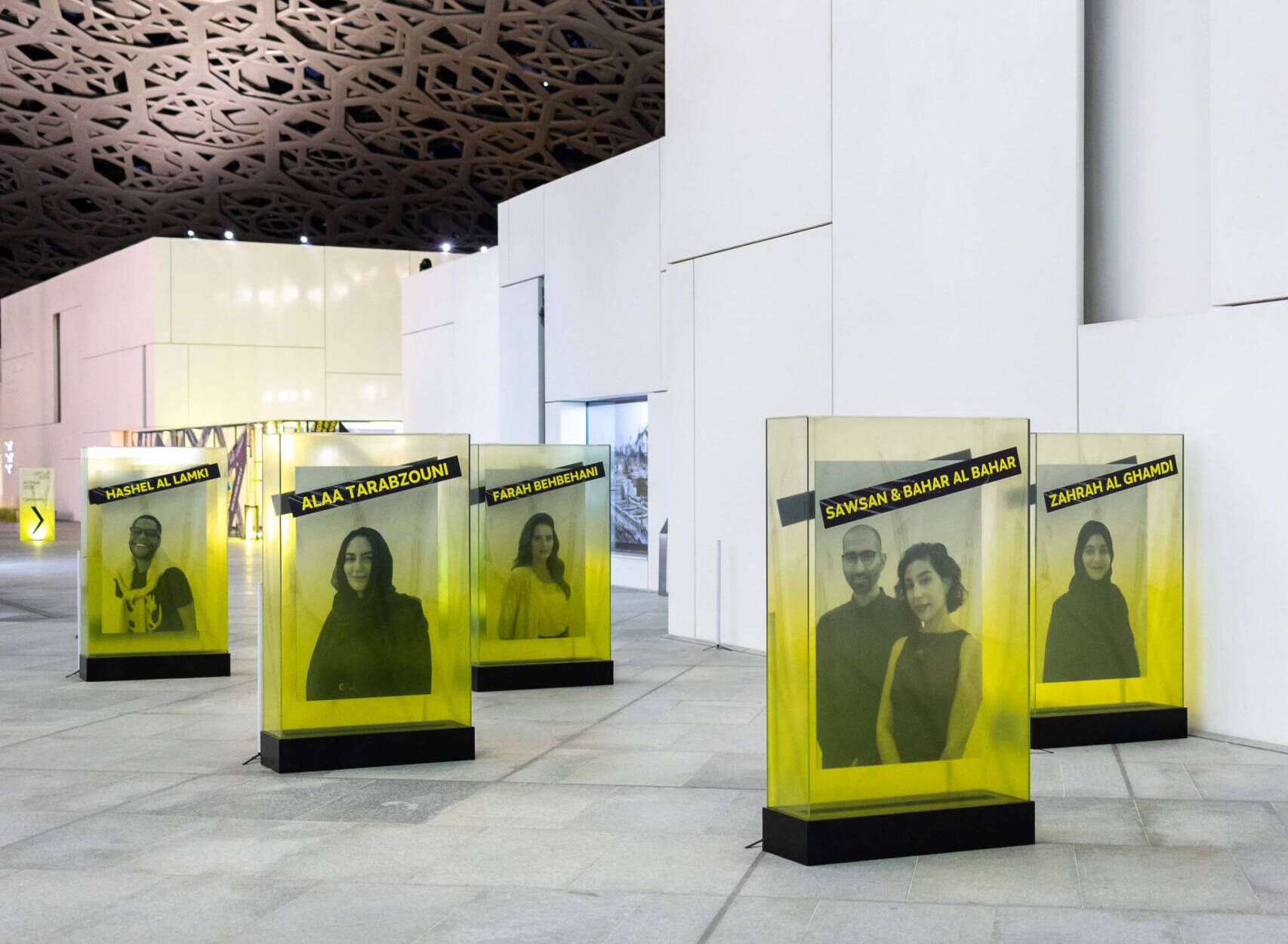
“It’s so encouraging and validating to have such an esteemed selection committee believe in the work” Nabla Yahya
MS: You said in an interview that “the opportunity to present the work in this space is both a privilege and a challenge”. What were the challenges of curating a project in this non-gallery space beneath the dome?
MEK: Being semi-outdoors, to start with. The artists had to find ways of proposing work that can withstand the varying degrees of the elemental conditions, moving from extreme humidity and temperature fluctuations to sandstorms and heavy rain.
There is also the idea of scale. How do you compete with a space that is dominated by its architecture? I think the artists were able to successfully respond to that.

The Richard Mille Art Prize began in 2021, inviting artists in the Gulf region to propose new or existing artworks that engage with the chosen theme for the year
MS: What do you think distinguished Nabla Yahya’s work from the rest?
MEK: There were a few fundamental things that we considered while making this exhibition, such as the ability of the work to match the striking space and the atmosphere. The final decision was unanimous.
Nabla’s work, SoftBank, speaks of trade and labour, which are significant in the region; it is both thematically challenging and really well made – Nabla was extensively involved in producing the work itself.
It’s a subtle work, bringing confidence in what it’s alluding to; there is a depth and range of references and ideas, and the technique really brought it together to make a beautiful installation.
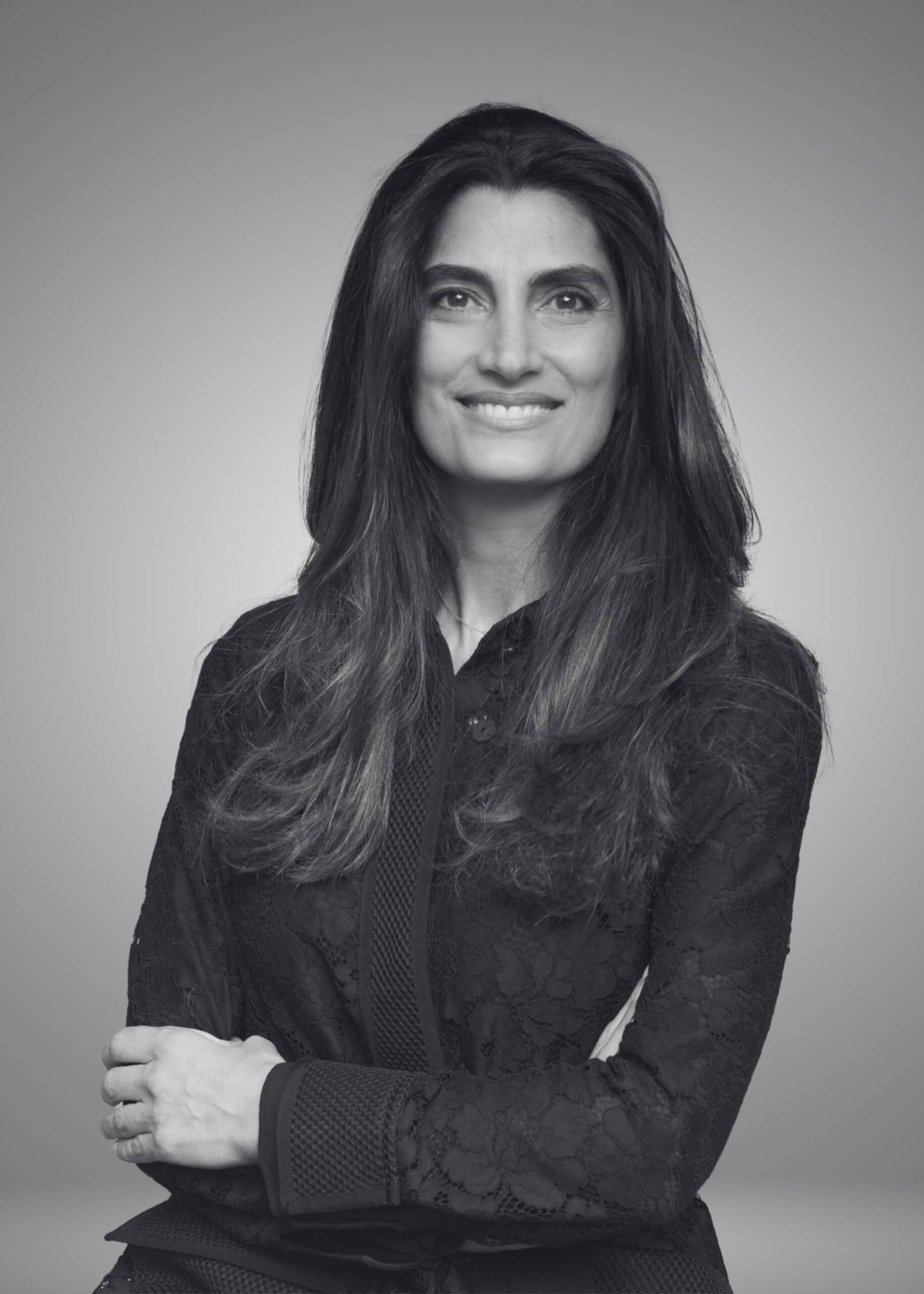
Photograph of Maya El Khalil, the most recent curator of the Richard Mille Art Prize
Nabla responded brilliantly to the theme, building not only on contemporary issues but also historical factors. We are at a time where we revisit history and ask, “Who tells that story? Who has the right to tell that story?”.
Nabla has a critical eye on this topic, which is both relevant and important.
MS: Can you tell us about your role as a curator?
MEK: It’s a very important role. It’s not a one-way communication and we hope that artists use the experience of a curator in having worked with different artists to benefit from the process.
Curating is a two-way experience that is important to start early on. It is not about imposing or instructing, it is very much about brainstorming and challenging ideas.

Louvre Abu Dhabi reinterprets Arab architectural themes
MS: How do you think the Richard Mille Art Prize can expand?
MEK: Every edition learns from the previous one. This is the first semi-outdoor exhibition, which inspires the artists. It will be interesting to see the prize evolve to be even more globally engaging and I look forward to seeing it open to a broader region of applicants.
I hope it remains in its current location, because there are still a number of conversations that can be developed in response to the architecture of the space, which will be interesting for the editions to come.
MS: Nabla, congratulations on winning this year’s Richard Mille Art Prize. What inspired you to create your winning installation, SoftBank?
Nabla Yahya: I started thinking about the Suez Canal in 2021 when one of the world’s largest container ships became lodged, holding up global trade. It made me think of how the canal came to be. I took its history for granted; I only knew from the 20th century onwards, in regard to its nationalisation in 1956.
I was interested in reading more of how it came to be. When I learned the Suez Canal had been built in the 1860s by hand, by forced labour, it made me want to make a work about it. I’m really interested in questions around labour and exploitation.
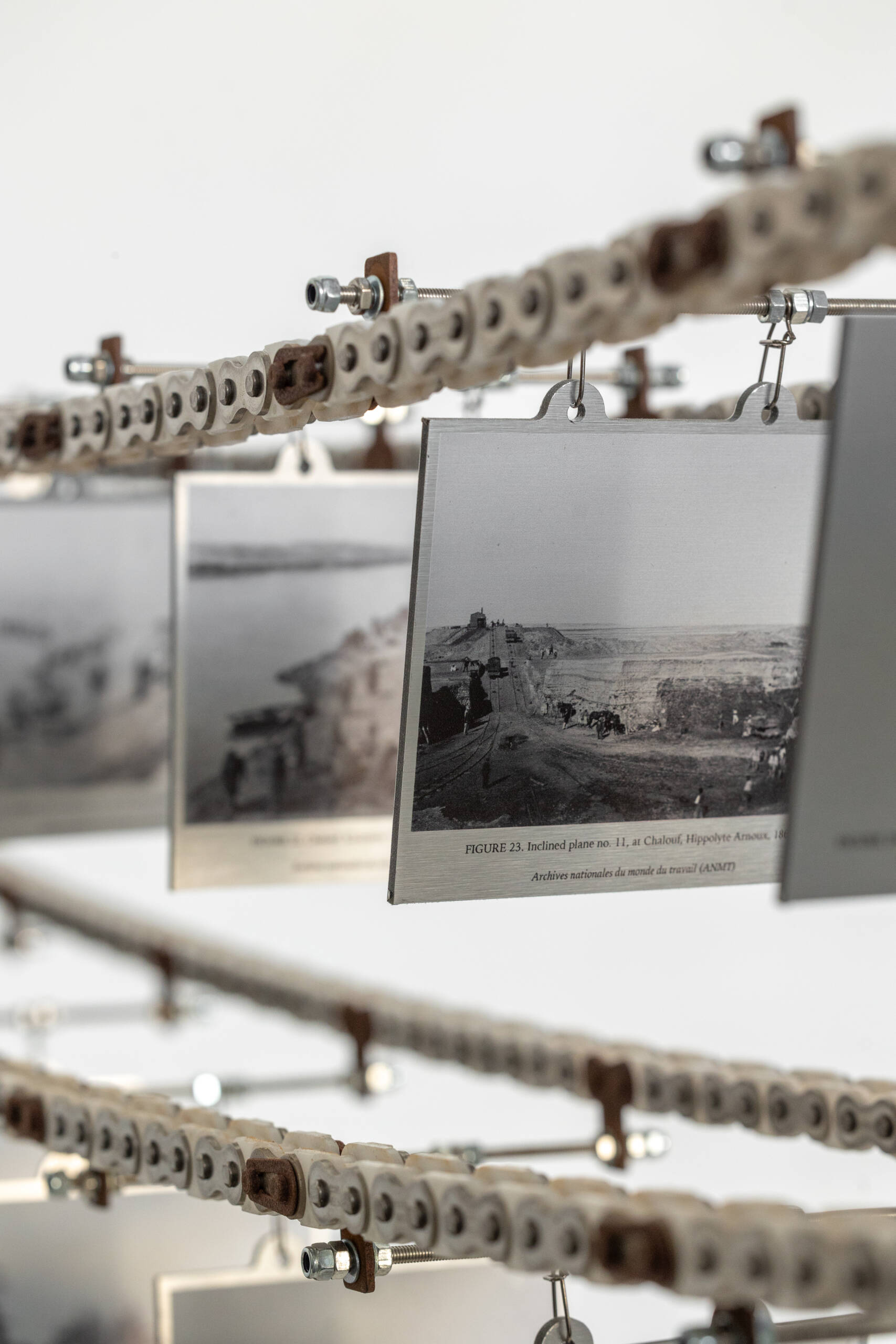
Archival prints are viewed through a hand-cranked carousel, evoking the labour of workers who built the Suez Canal
As I have an architectural background, I contended a lot with the complicity that architects have with the level of exploitation across the world due to global capitalism. It was heartbreaking for me to see how nothing has really changed in the implementation of these grand schemes.
When it came to “Art Here 2023”, I had already been thinking about the history and the project. Since the theme of Transparencies was announced, I thought it would be relevant to present my work, which deals with the opacity of historical narratives.
I also thought it would be interesting to present a work that dealt with French colonialism within a French museum, trying to bring some closure for the workers who were not documented.
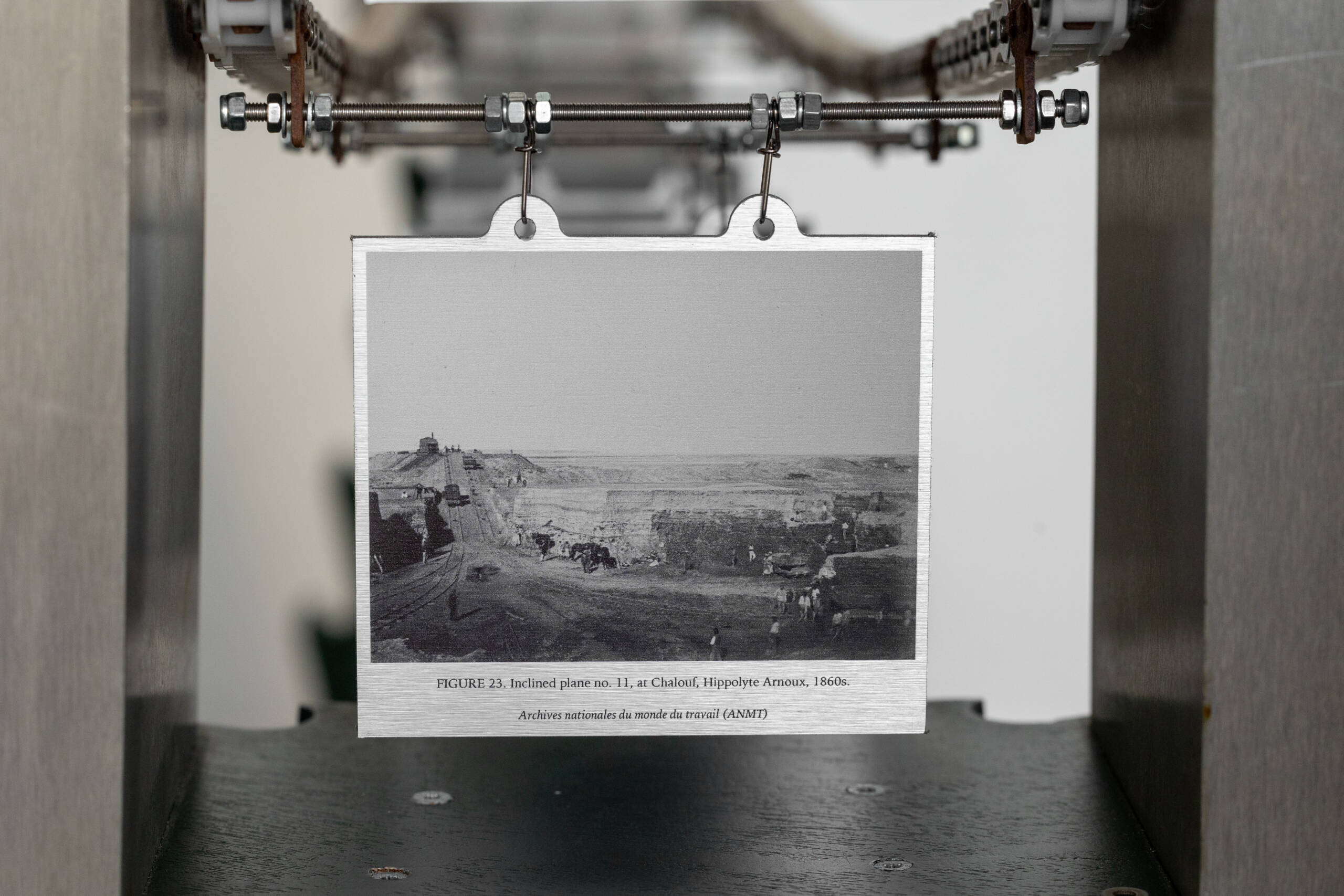
Yahya seeks to examine histories and present realities that have been censored, erased, or overlooked by past and present systems of power
MS: What’s behind the name “SoftBank”?
NY: First, the banks of the Suez are made of clay, salt and sand, so they’re soft. In order to maintain them they need to be re-dredged as they need reinforcement. So it alludes to them literally, but also to a generation of soft power when it comes to building these kinds of mega projects.
They are promoted with a humanitarian vision. For me, there’s a failing in the intentions to create more profit and power. It also alludes to the Japanese investment conglomerate SoftBank, which is sort of a pun.
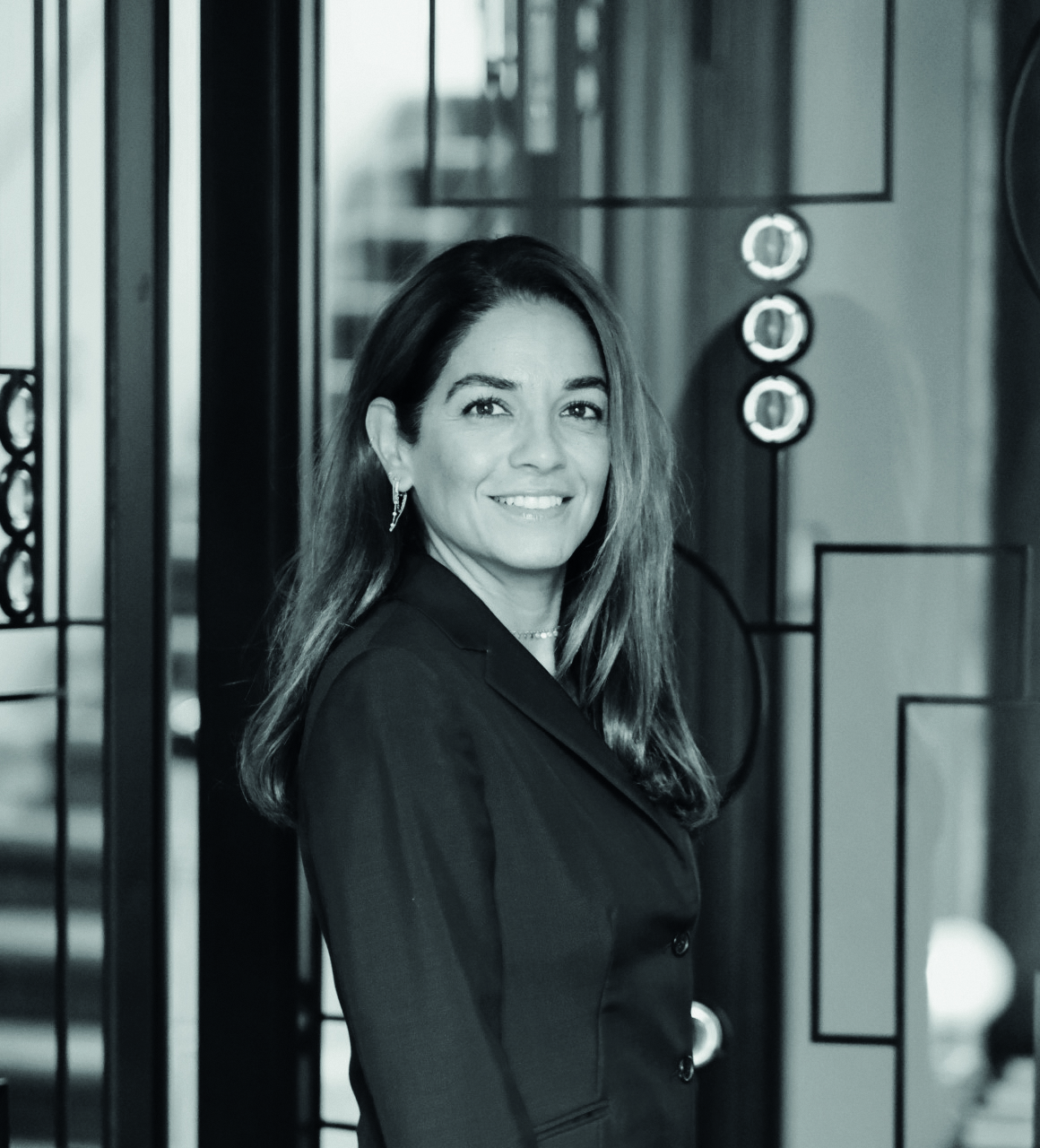
Photograph of Maria Sukkar, LUX senior contributing editor and co-chair of the Tate Middle East North Africa Acquisitions Committee
MS: The work is interactive; a lot of building went into it. How did that came about?
NY: There are three main components. There is the interactive carousel, then a topographical installation representing the canal, based on a map from 1870. Then you have a fountain, an Occidentalised version of a healing bowl, which, however, fosters greed and speaks of power struggles and exploitation.
I thought it would be interesting to make an artwork that involved the viewer in a similar way, to spend some time with the work, to make it a bit more active. There were several struggles, including the environmental; perhaps I would’ve used different materials if it was indoors.
Not only are we in this climate, but we are also on the water, exposed to salt water, so I was overloaded with so many possible issues, trying to think 20 steps ahead. And naturally, the cost of the work goes up when you’re using materials that are made to last.

In SoftBank, artist Nabla Yahya considers the history of the Suez Canal in order to “deal with the opacity of historical narratives”
MS: The work is certainly a dialogue between past and present, but also an outpour of emotion. What does winning the prize mean to you?
NY: I was completely shocked, and still am. It means a lot for different reasons. First, I was born in Abu Dhabi, so it meant a lot to win a prize there, 15 minutes away from the hospital where I was born.
Also, I feel as if I’m only just getting started, so it’s so encouraging and validating to have such an esteemed selection committee believe so much in the work. It is really incredible to receive this sort of feedback, because I’m not a very confident person.
It’s great that the art world has a space to have difficult conversations, and that people do care.
MS: You’ve always been interested in colonialism. Is SoftBank your most daring work so far?
NY: I do think it’s the most ambitious, but it depends on how you define it. If it’s daring because of the subject matter and context, I suppose so. I hope it sets a bar for myself.
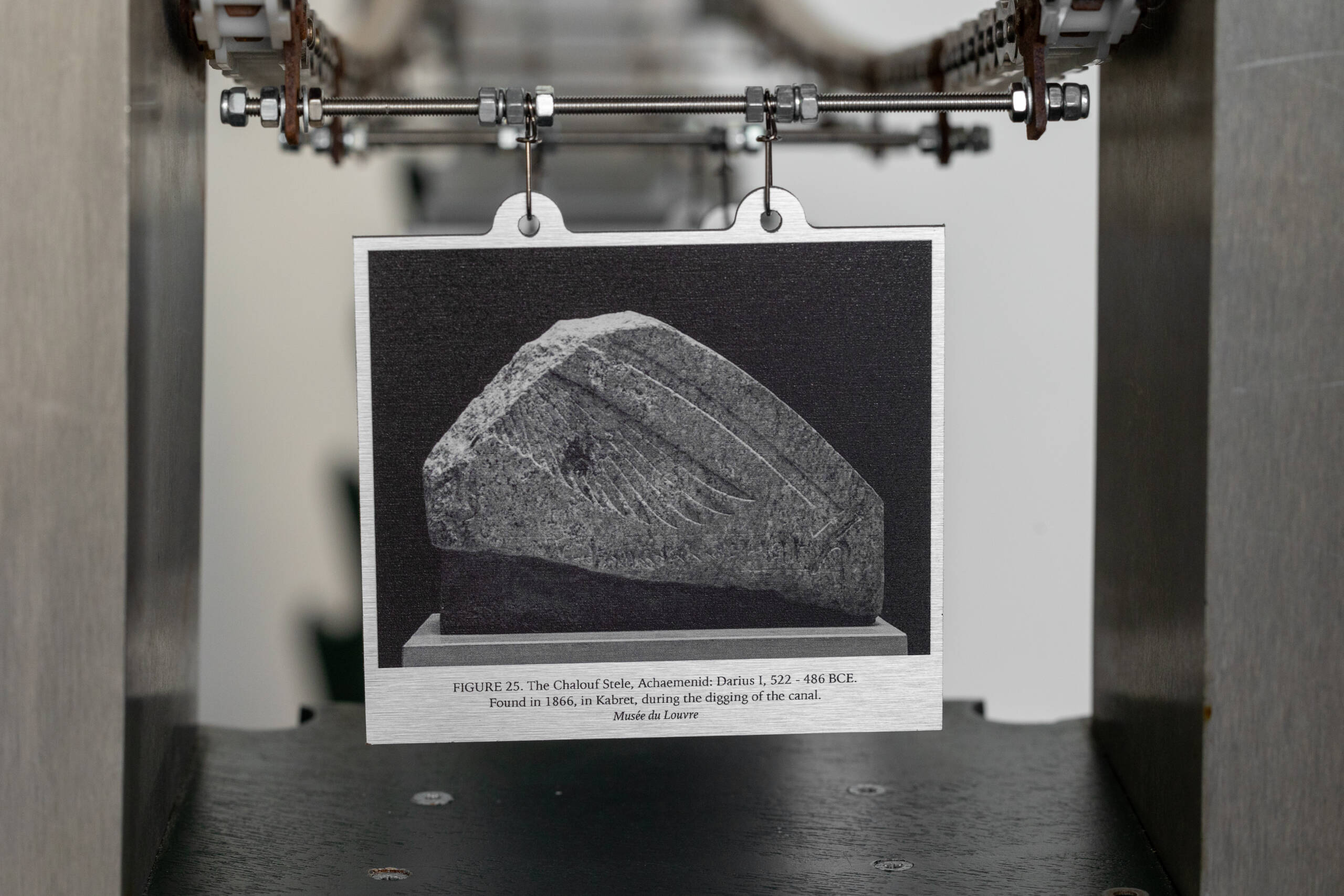
SoftBank is comprised of three components that together examine the hidden histories behind the construction of the Suez Canal
MS: Now that you’ve won this prize, how do you see its future in the region? Can it become even more important?
NY: I think it goes back to what I was saying about others being able to express themselves freely. I think that could be a positive outcome, that this initiative could grow as a space where we can have these expansive global conversations. I hope that is the effect.
MS: What’s next for Nabla?
NY: I’m going to grad school. At the ceremony, I was so shocked at winning, but all I was thinking was, “I need to pay for grad school”. It was an emotional rollercoaster.
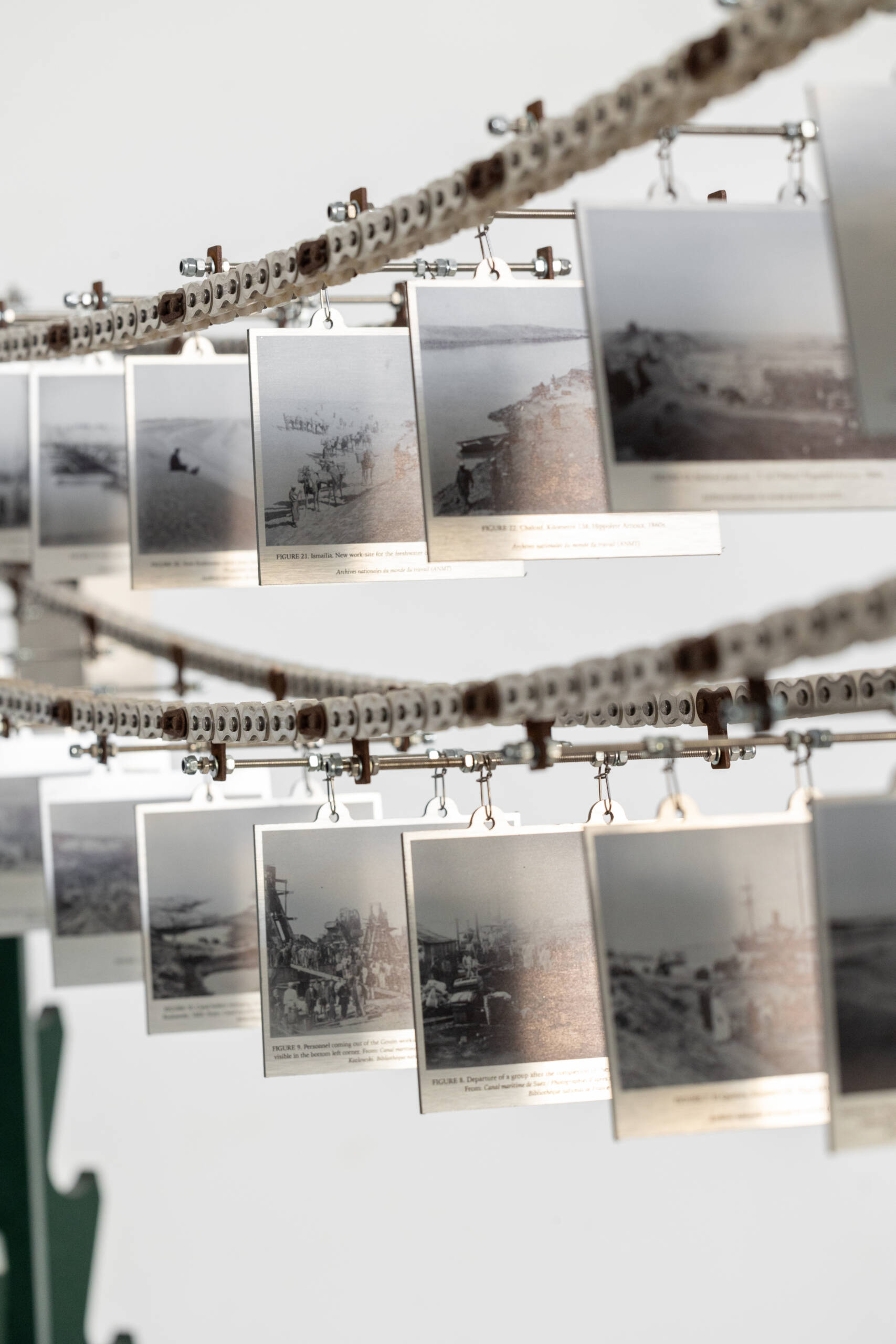
Carousel detail, depicting the exploitation of the workers who created the Suez Canal
MS: Maya and Nabla, it’s not the first time you’ve worked together. How did it feel to be part of a project together again?
NY: Maya gave me such incredible opportunities. The first time we worked together, she found me and reached out to me. I was a new person in her life and she trusted me with a commission for a show, which I think was so amazing.
With the open call for the Louvre, it’s so meaningful to have people looking out for you. Maya says she wants to support emerging artists and she really does that.
MEK: When you research it, you’ll find artists who address our contemporary world in such an honest way. There isn’t a distance between Nabla and her work. Sometimes artists have a distant relationship with things that are going on around them and can critique them.
Nabla is so involved with what’s around her, she’s so invested in everything she does emotionally, theoretically and critically. At the same time, she does intense research before she makes her work. She is very much a barometer of the world around us and that is reflected in her art.

Yahya’s Occidental version of a healing bowl, which here “fosters greed”
MS: Nabla, you once said, “I escaped the architecture industry”. How do you merge both disciplines in your work?
NY: I’m not sure if it’s a good thing for me. During my interview for grad school, I was asked about my work being clean and crisp, which I attribute to my architectural background. I’d be interested in what kind of work I could make if I could shake that background from me.
I do think it’s limiting. I think that there are things that are incredibly valuable from this background, though, such as having a research-based approach to the world. In terms of thinking about forms and aesthetics, I would like to move away from it.
MEK: I see it differently, as a strength. But the fact that you’re aware of it, and you put yourself in situations where you challenge it, is promising.

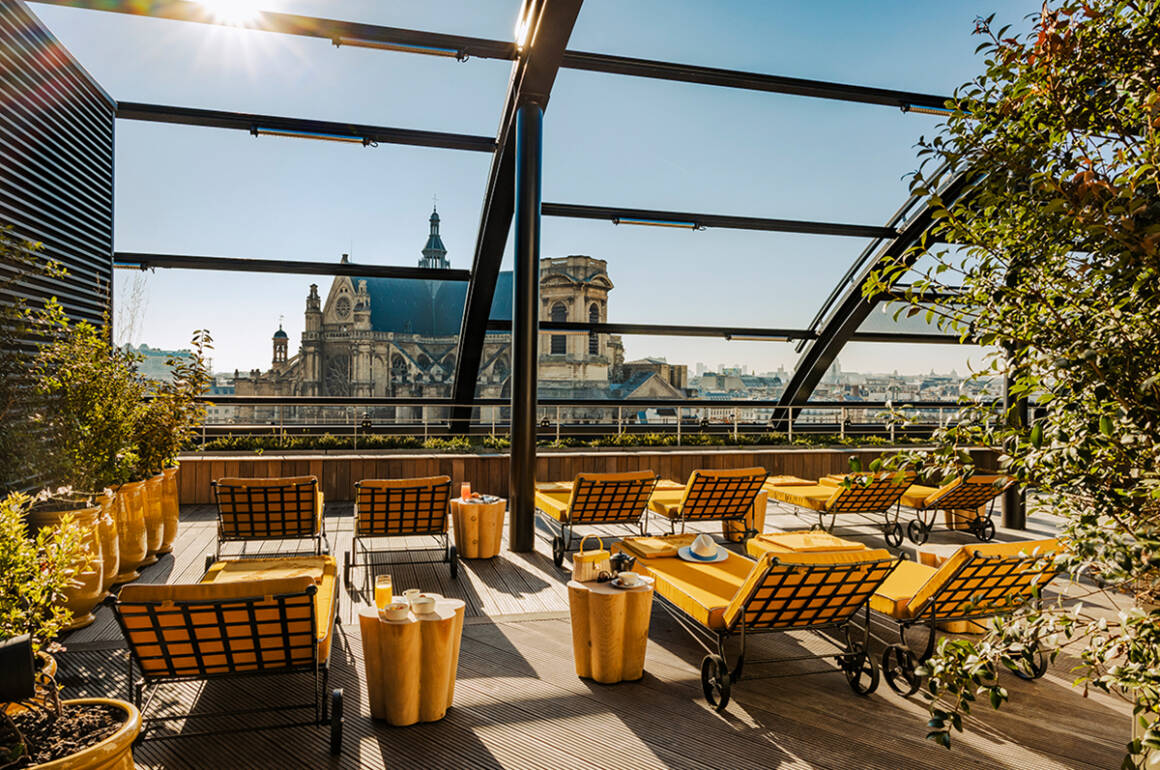
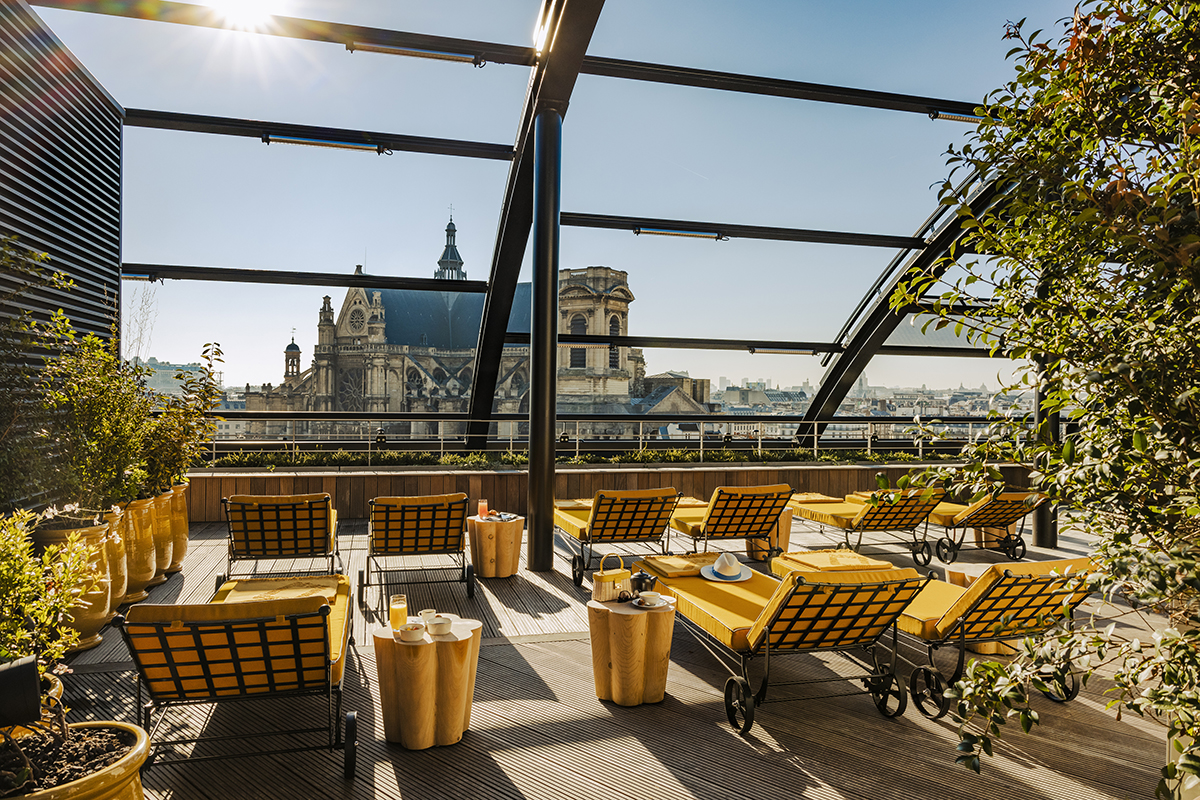
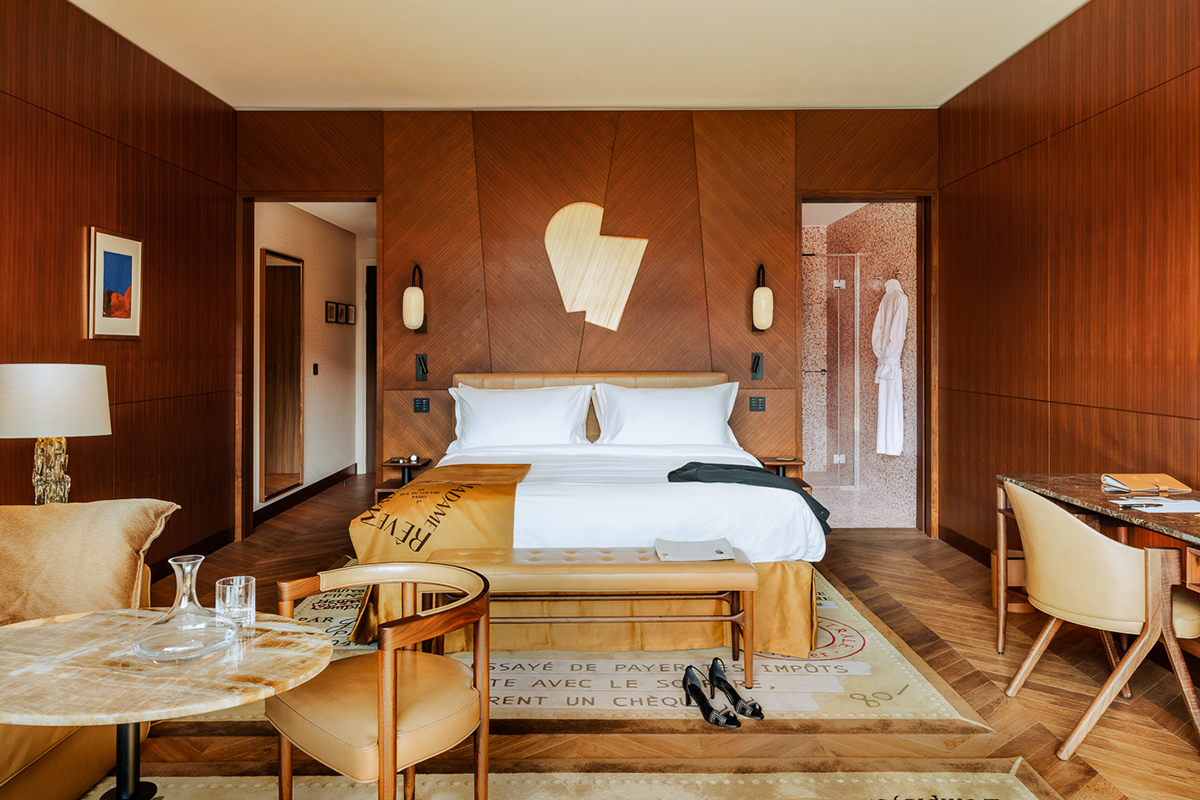
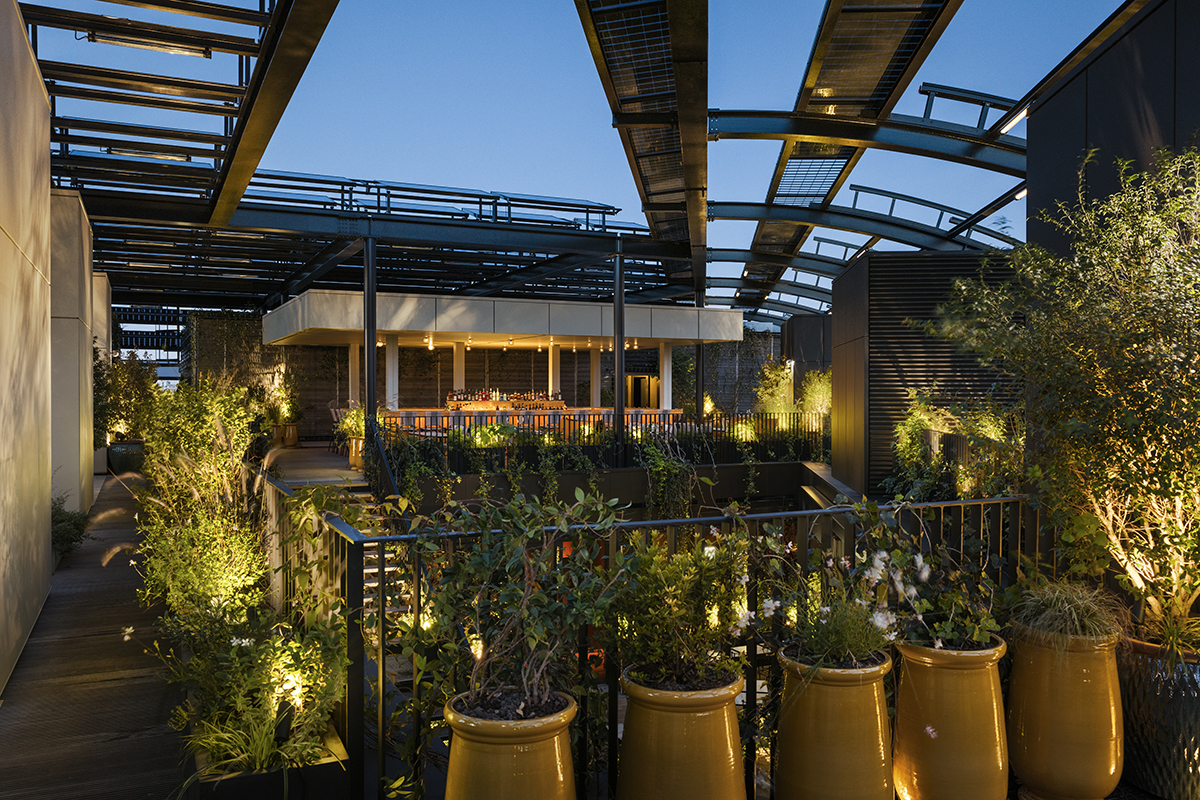
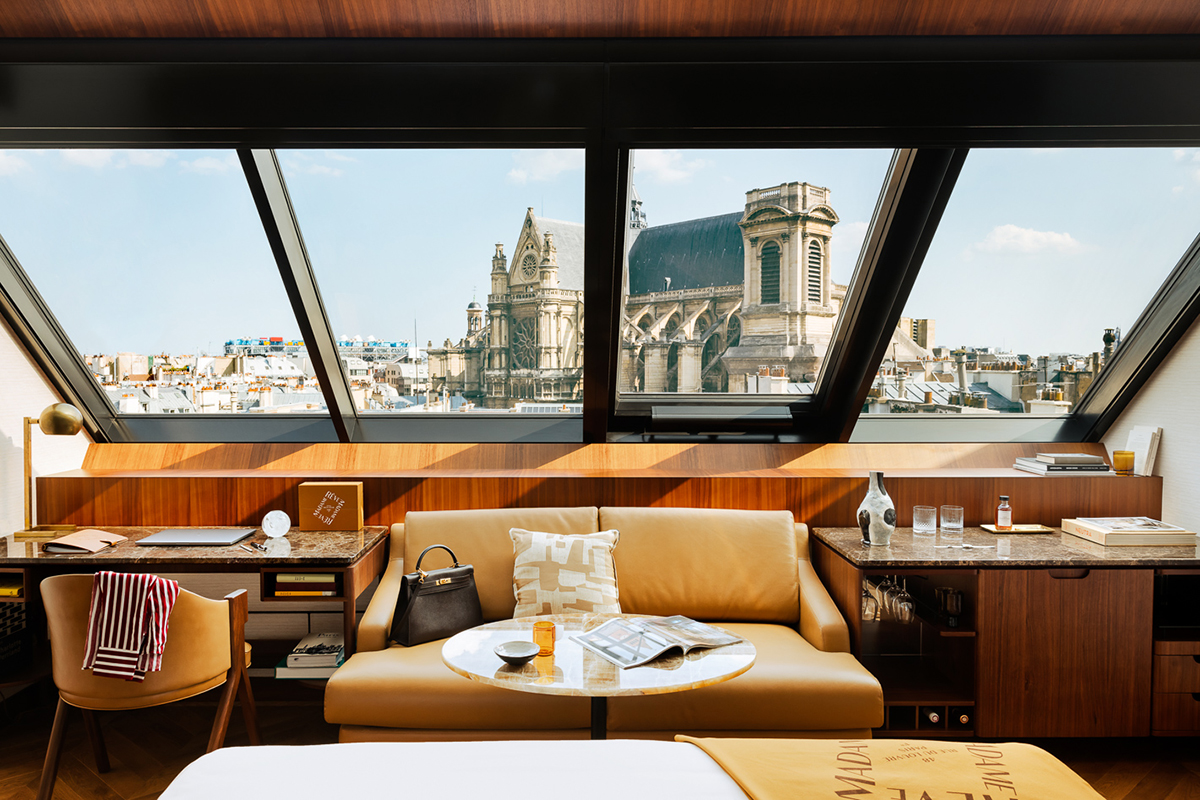
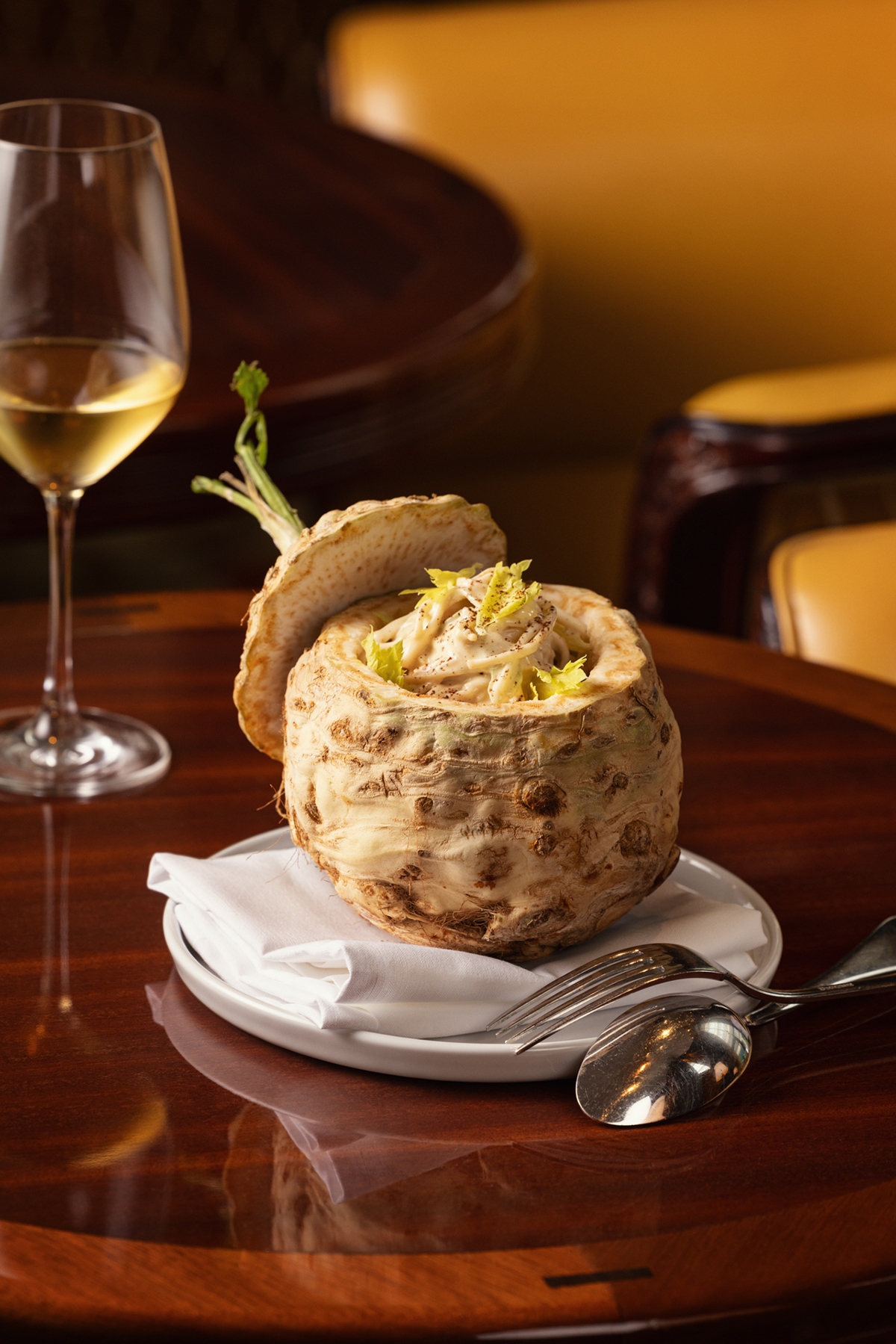
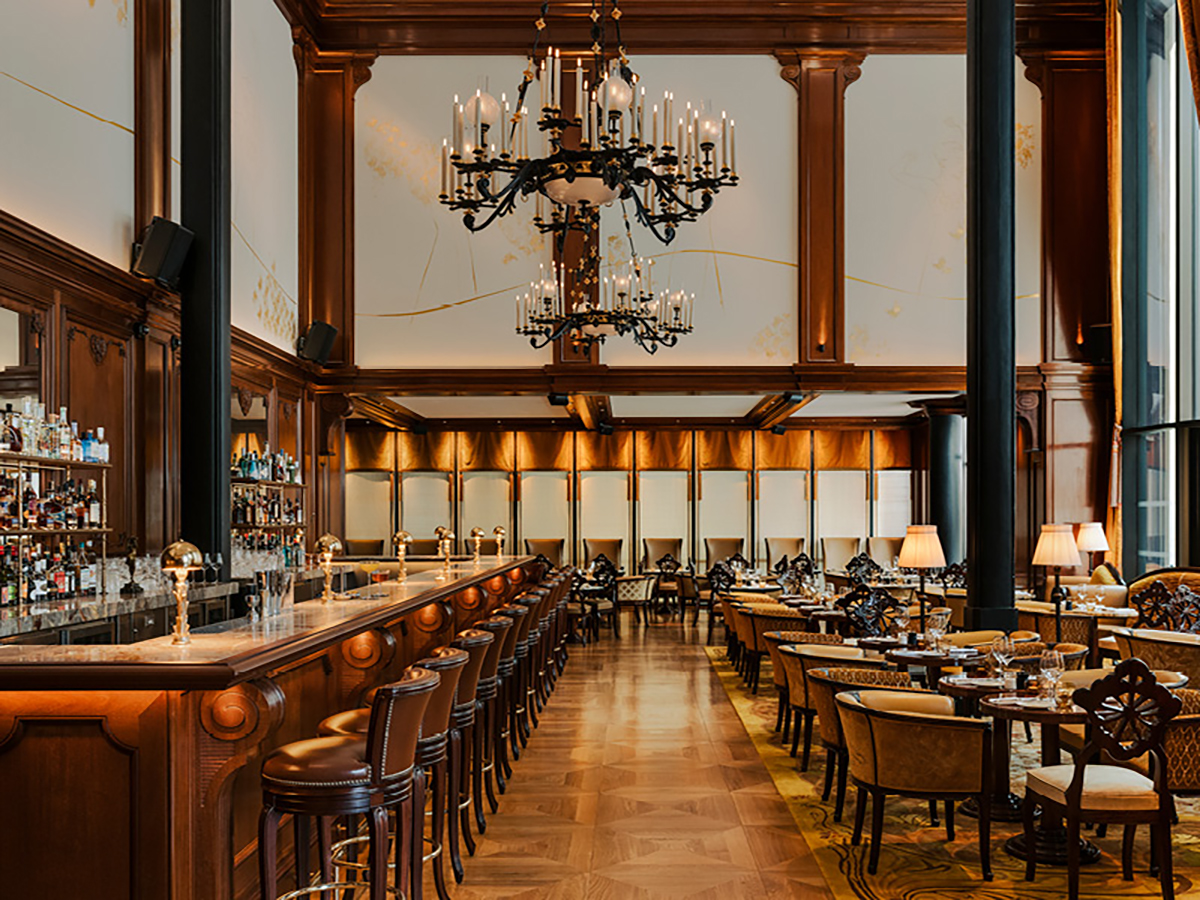

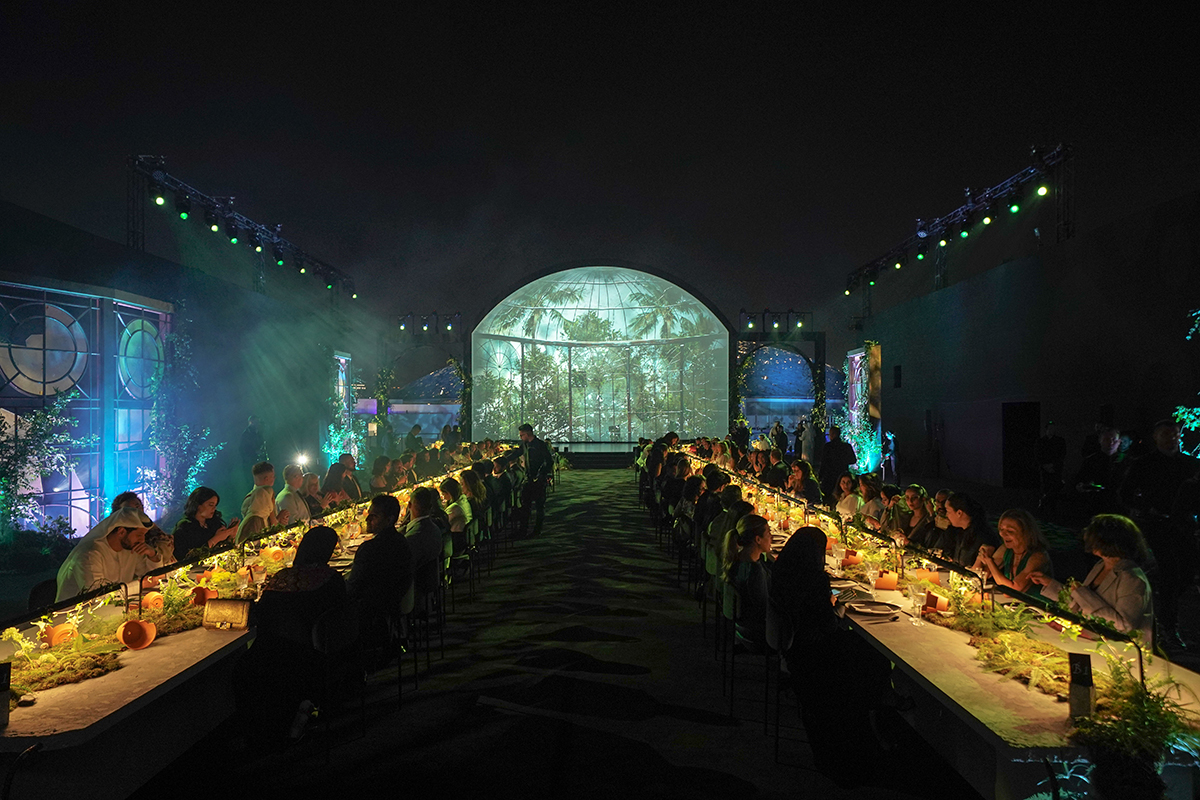
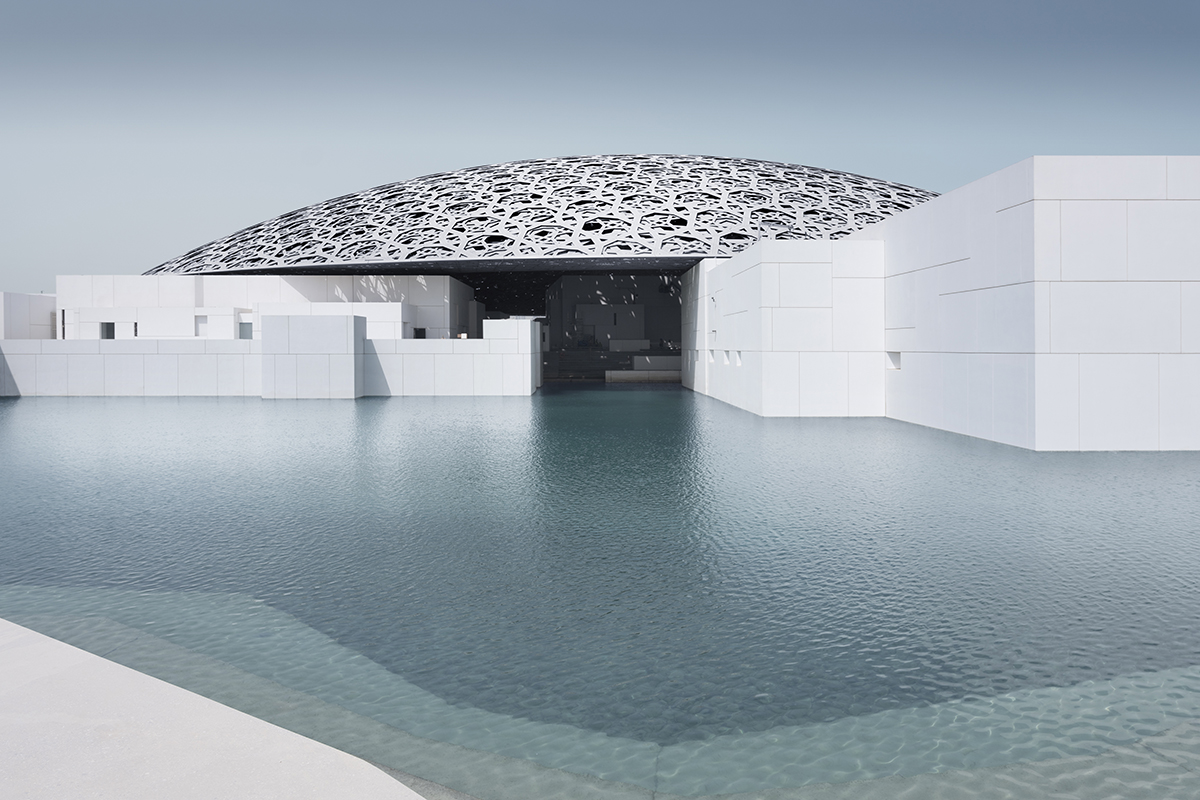
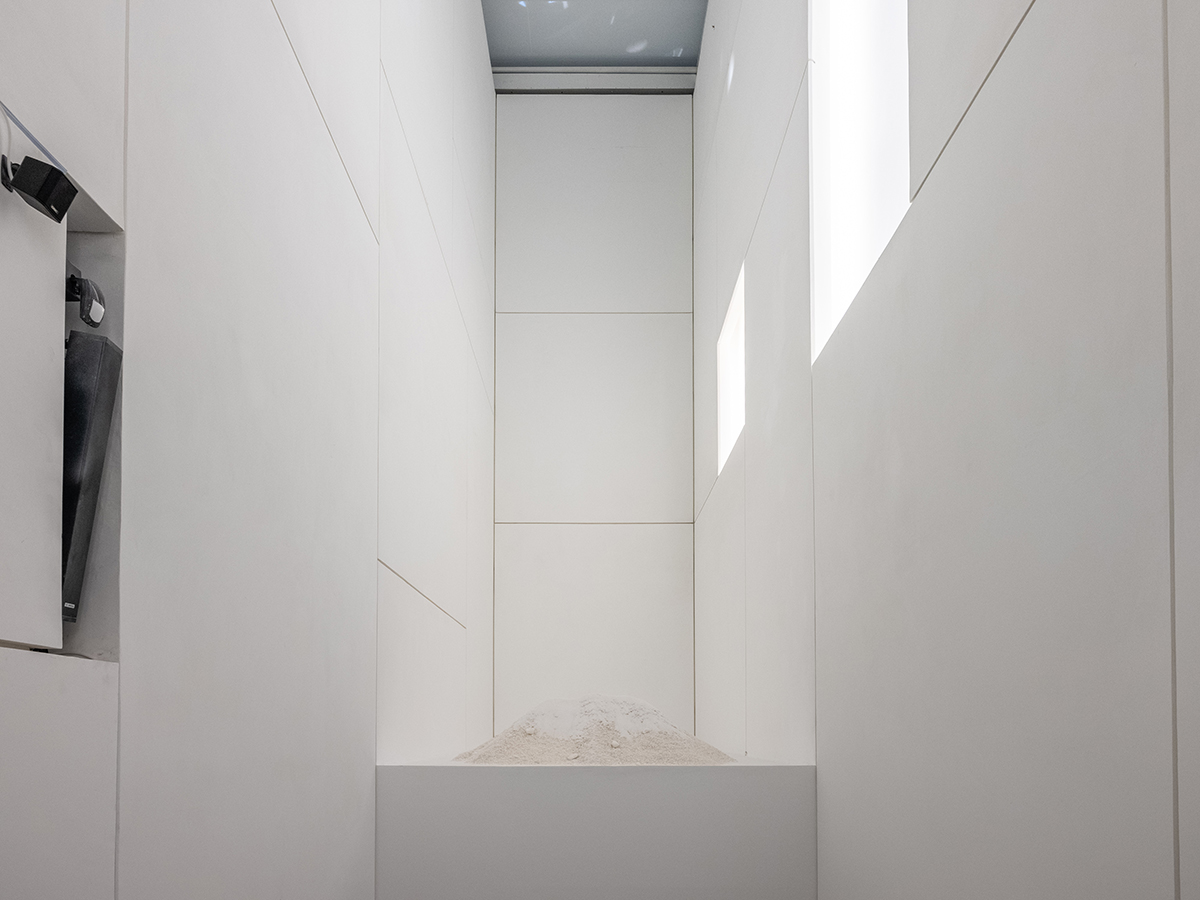
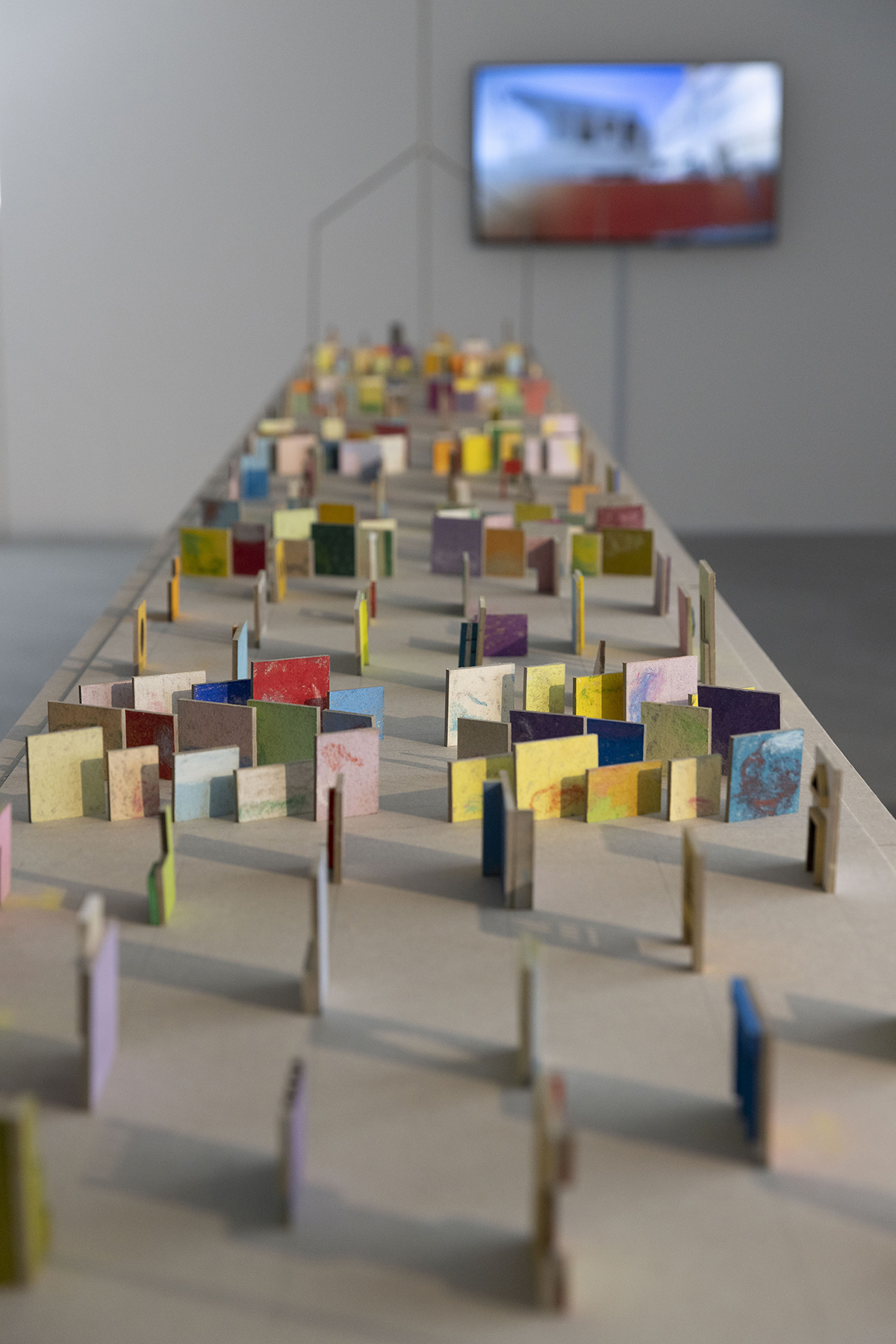
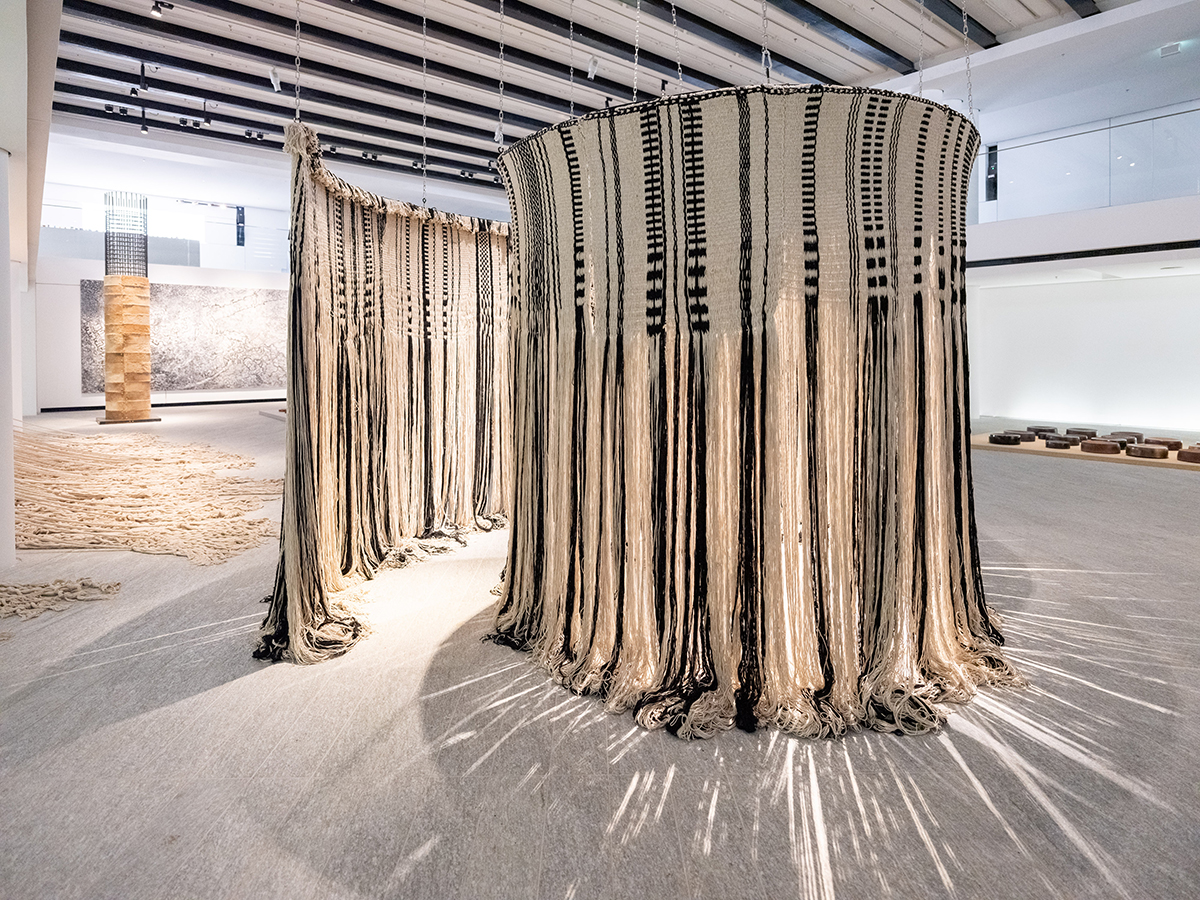
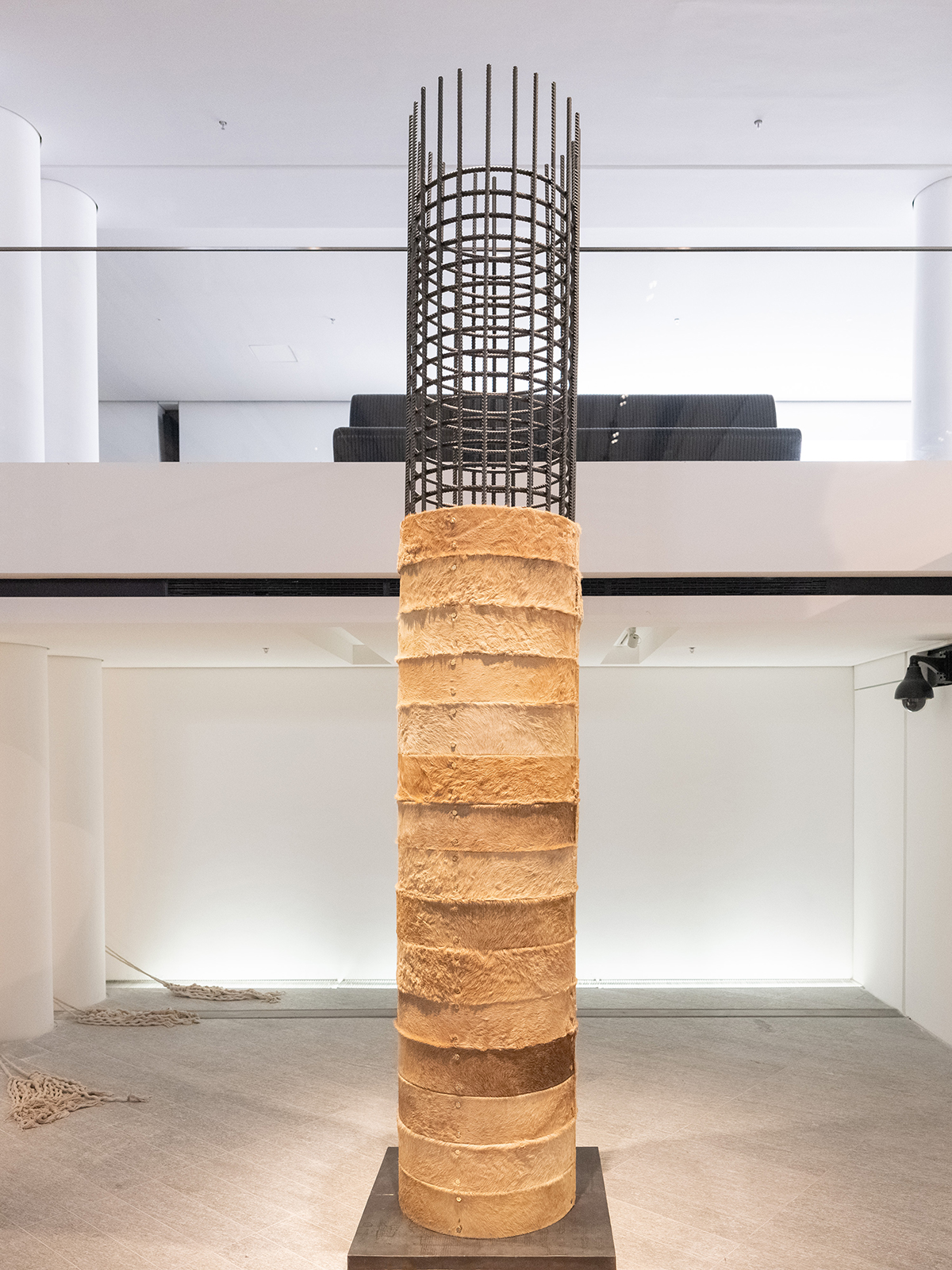
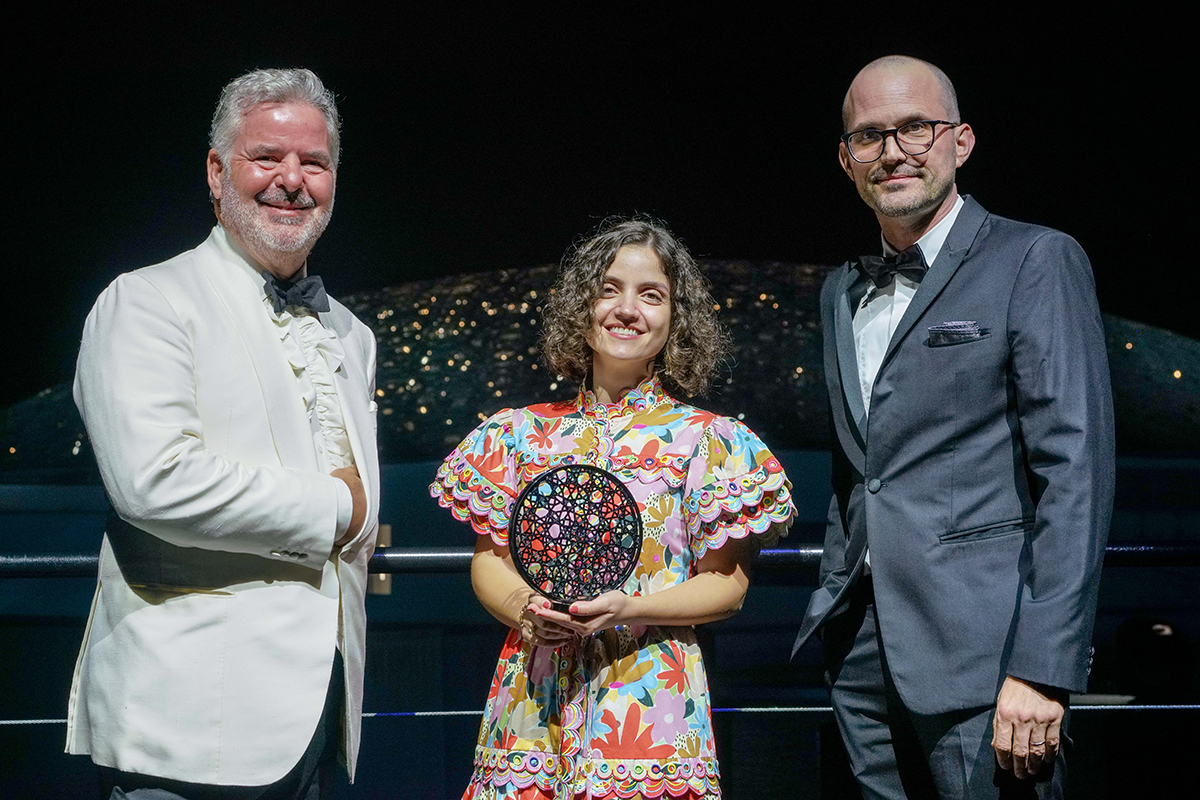
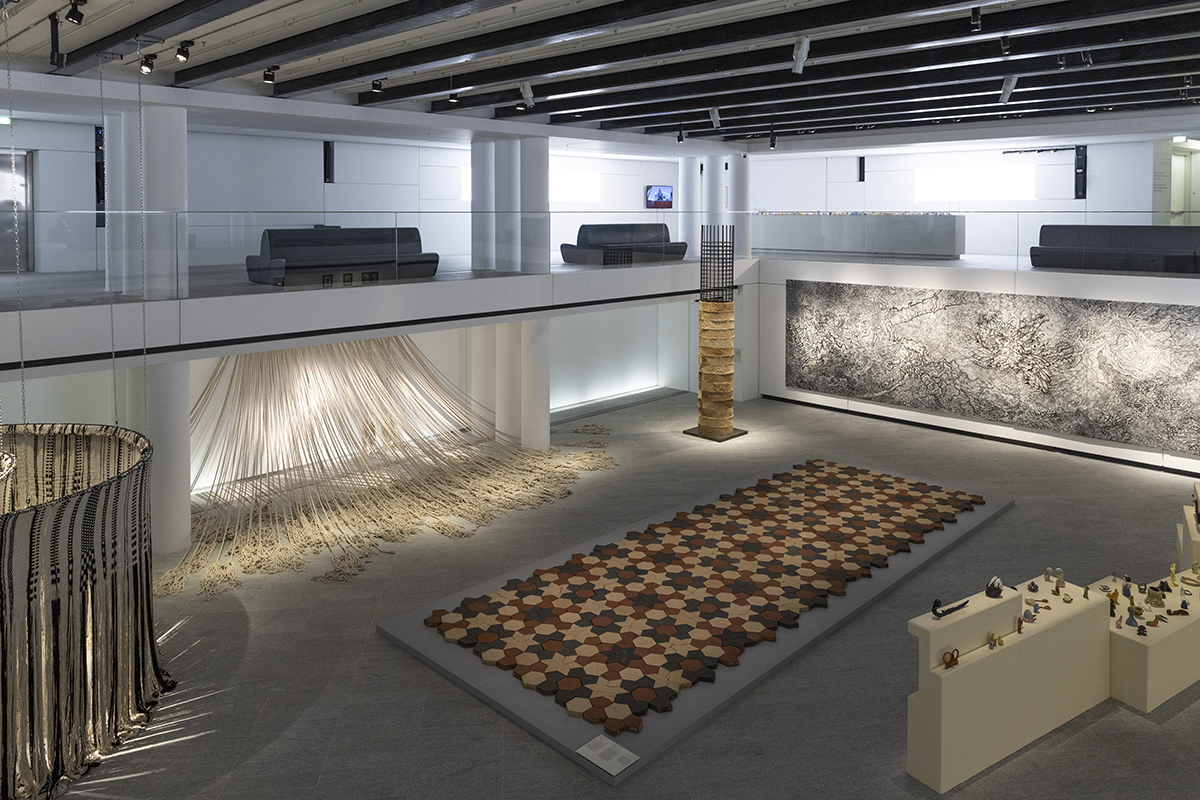
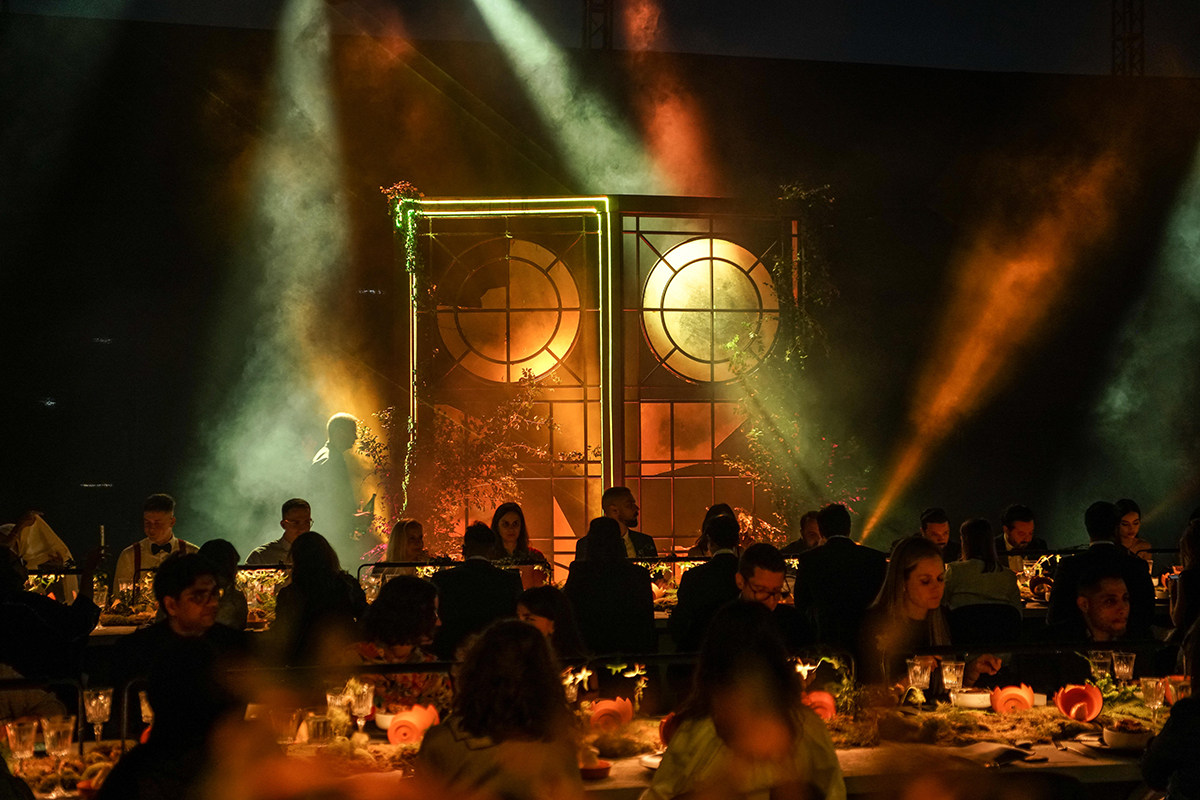
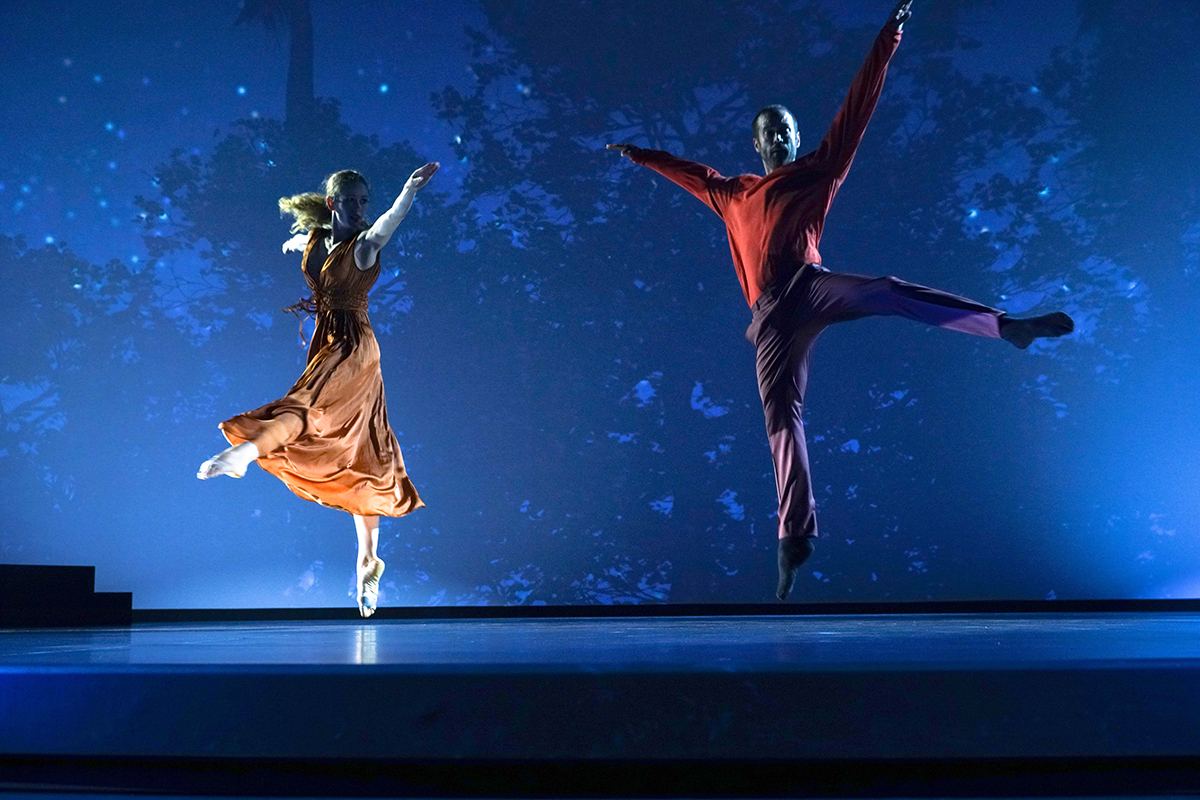
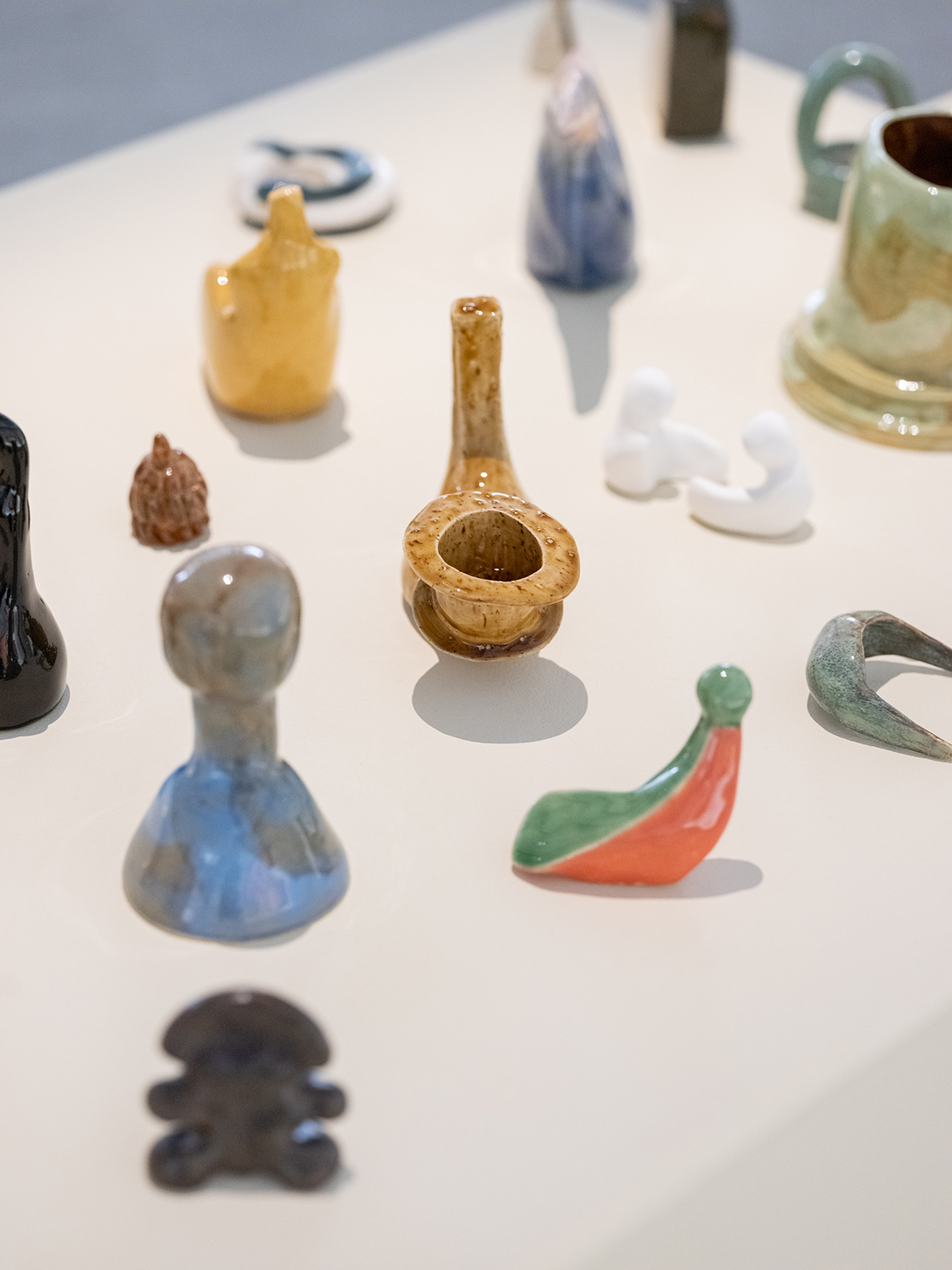





Recent Comments